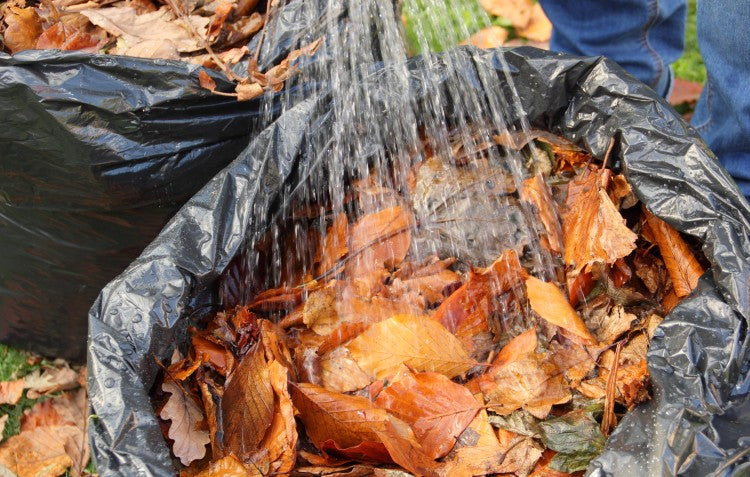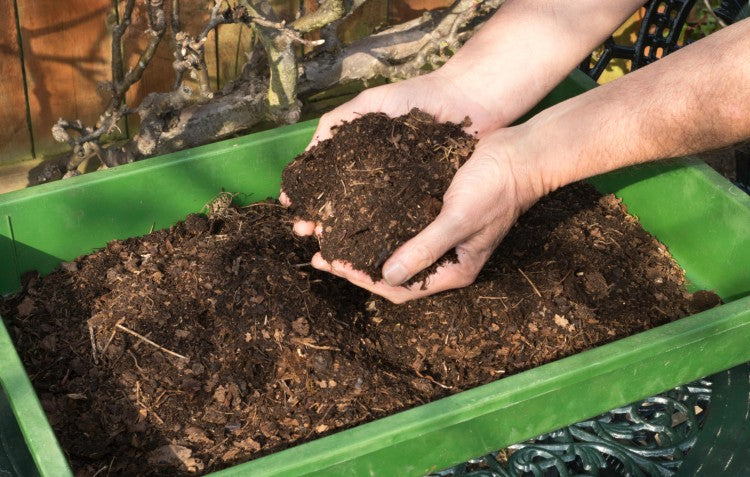Well, Autumn has just left us, and Winter is now here which means there is no doubt plenty of fallen leaves all over your lawn and garden. Now you may think of it as annoying but trust me, it's a blessing in disguise.
Not only does it look beautiful, but it's basically mother nature giving you the best natural compost and soil conditioner you could ask for. In reality, you are going to have to rake, blow or clean up the leaves at some point. Did you know that leaves left on the lawn can start to suffocate it? Fallen leaves will prevent sunlight as well as obstruct the oxygen and water from getting where it needs to go. As a result, your lawn can also become more prone to fungal diseases and pests.


Should I make Leaf Mould?
Obviously, you can add leaves to your common compost, and it helps make amazing compost but there is another way we can use leaves and that is to make leaf mould. Leaf mould is the perfect way to feed the soil food web by increasing biological and worm activity. It also dramatically improves your soil structure but improves drainage and moisture retention so is fantastic to turn through both clay and sandy soils. Another benefit is that it helps in keeping your plant's roots cool when need be and warm, when need be, by regulating soil temperature. Leaf mould is also an incredibly successful medium for germinating your seedlings. You literally never have to buy seed-raising mix again.

How to make Leaf mould
So how do we do we make it? It's a simple process, but it takes a bit of time, like all good things. Step one, you need to collect as many leaves as you can and pack them into as large a plastic bag as you can find. Then close the bag, and punch 10-20 holes with a Garden Fork or stick from the garden so the air can get in to help with the breakdown process. Then reopen the bag and soak the leaves with a hose to help kick start the fungal breakdown process and then tie the bag up and put it in a shady area. Check on the leaves every 2-3 weeks to ensure they are moist; if not, give them a little hose and tie the bag back up. Keep doing this, and you should have beautiful leaf mould in around 12 months. Now if you are impatient like me and want the process to be a little quicker, here are some tips that could have your leaf mould ready in as little as six months.


Tips for quick leaf mould
- Shred up your leaves with a mower before bagging. Just throw the leaves on the ground, mow over them and empty the catcher into the plastic bag.
- Add chicken manure or an organic fertiliser in with the leaves to supercharge the process
- Keep a keen eye on the moisture of the leaves so they never dry out
- Turn the leaves over or give the bag a good shake once a month



TLDR:
Leaf mould is made in a different way to your normal compost. Normal composts are made and broken down by worms, microorganisms, bacteria and insects whereas leaf mould is made and broken down by fungi. So, if all the tips above are followed then I promise you’ll have the most deliciously pure soil conditioner on the planet and your garden will absolutely love you for it. Happy Gardening!











